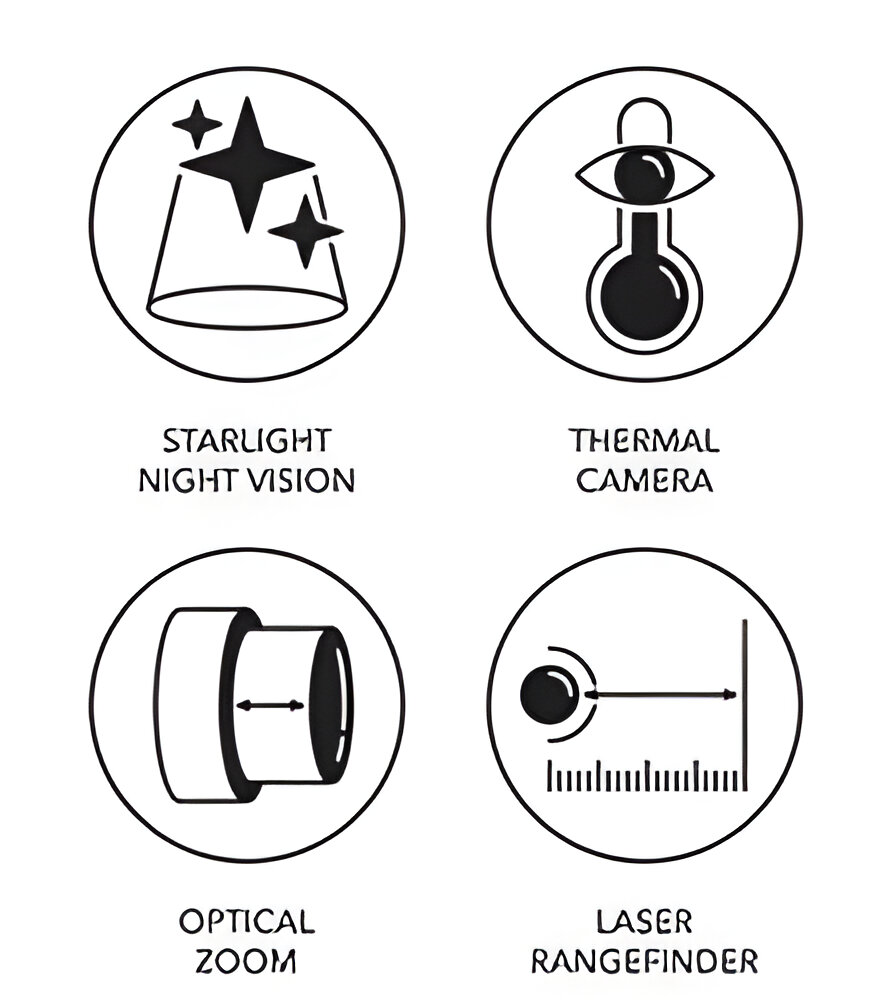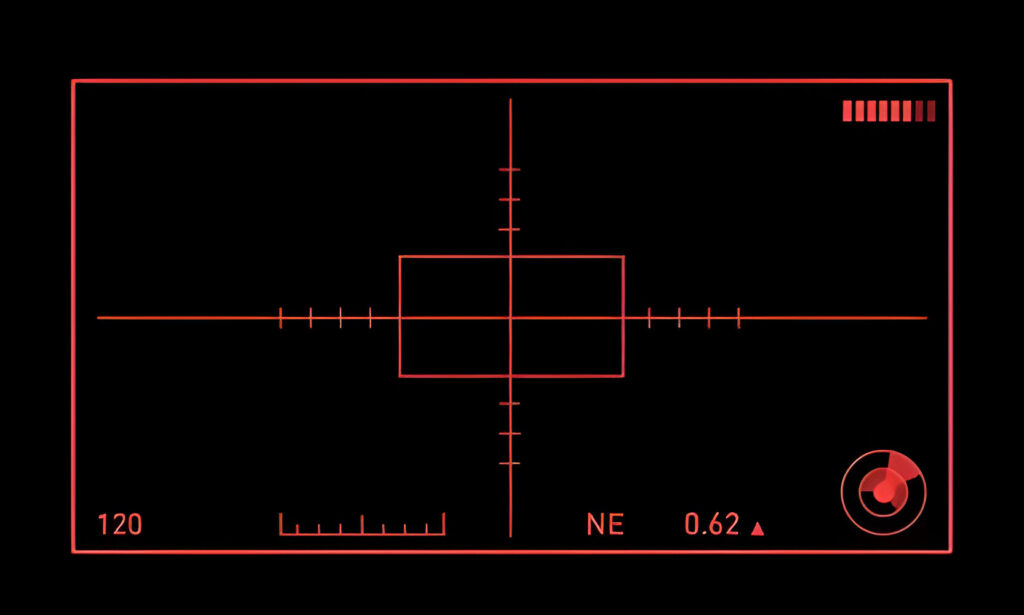In recent years, integrating night vision and thermal imaging technologies into drones has sparked a revolution in aerial surveillance and reconnaissance. A drone with night vision and thermal camera combines the power of advanced optics with the versatility of uncrewed aerial vehicles, offering unprecedented capabilities for various applications. Let’s delve into the intricacies of this cutting-edge technology and explore its manifold benefits.
Understanding Drone with Night Vision and Thermal Camera Imaging

Night vision and thermal imaging are two distinct technologies that enhance visibility in low-light conditions but operate on different principles.
Night Vision Technology: Illuminating the Darkness
Night vision technology amplifies ambient light to provide enhanced visibility in low-light environments. Night vision devices can produce clear images even in complete darkness by capturing and amplifying available light in the near-infrared spectrum.
Thermal Imaging: Seeing the Invisible
Unlike night vision, thermal imaging detects the heat emitted by objects and converts it into visible images. This enables drones equipped with thermal cameras to detect heat signatures, making them invaluable for search and rescue operations, firefighting, and wildlife monitoring applications.
Applications of Drones with Night Vision and Thermal Cameras
Integrating night vision and thermal imaging capabilities into drones has opened up many possibilities across various industries. Let’s explore some of the most compelling applications:
Surveillance and Security
Drone with Night Vision and Thermal Camera: A Game-Changer in Surveillance

With their ability to operate covertly and capture high-resolution images even in low-light conditions, drones equipped with night vision and thermal cameras are revolutionizing surveillance and security operations. These drones provide unparalleled situational awareness, from monitoring critical infrastructure to securing perimeters.
Search and Rescue Operations
Preserving Lives from Above Drones’ Function in Search and Rescue Operations
In search and rescue missions, every second counts. Drones with thermal imaging capabilities can quickly locate missing persons by detecting their heat signatures, even in dense foliage or adverse weather conditions. This accelerates the search process and increases the chances of a successful outcome.
Wildlife Conservation
Preserving Biodiversity with Aerial Surveillance
Monitoring wildlife populations and combating poaching activities are vital aspects of conservation efforts. Drones equipped with thermal cameras enable conservationists to conduct aerial surveys and precisely track animal movements, contributing to protecting endangered species.
Firefighting and Disaster Response
Deploying Drones for Rapid Response and Damage Assessment
Real-time situational awareness is crucial for effective decision-making during firefighting operations and disaster response efforts. Thermal imaging drones can penetrate smoke and darkness to identify hotspots and assess structural damage, enabling firefighters and emergency responders to strategize their interventions more effectively.
FAQs (Frequently Asked Questions)
Q: How does thermal imaging technology work?
A: Thermal imaging technology detects the heat emitted by objects and converts them into visible images, allowing users to see in complete darkness or through obstructions such as smoke or fog.
Q: What are the key advantages of using a drone with night vision and a thermal camera?
A: Drones with night vision and thermal cameras offer enhanced visibility in low-light conditions, enabling applications such as surveillance, search and rescue, wildlife monitoring, and firefighting.
Q: Can thermal imaging drones be used for industrial inspections?
A: Therm imaging drones are well-suited for inspecting industrial equipment, pipelines, and infrastructure, as they can identify anomalies such as overheating components or leaks.
Q: Are there any regulations regarding using drones with night vision and thermal cameras?
A: Yes, drone operations are subject to regulations imposed by aviation authorities, which may include restrictions on flight altitude, airspace access, and privacy considerations.
Q: How far can a drone with a thermal camera and night vision see?
A: The range of a drone’s night vision and thermal imaging capabilities depends on various factors, including atmospheric conditions, sensor specifications, and environmental obstacles.
Q: Can thermal imaging drones be used for agricultural purposes?
A: Yes, thermal imaging drones can assist farmers in monitoring crop health, detecting irrigation issues, and identifying pest infestations, thereby optimizing agricultural practices.
Conclusion
The convergence of night vision and thermal imaging technologies in drones has ushered in a new era of aerial reconnaissance and surveillance. From enhancing security measures to facilitating life-saving search and rescue missions, the applications of drones equipped with night vision and thermal cameras are as diverse as they are transformative. As technology continues to evolve, we can expect further innovations that will expand the capabilities and utility of these remarkable aerial platforms.


